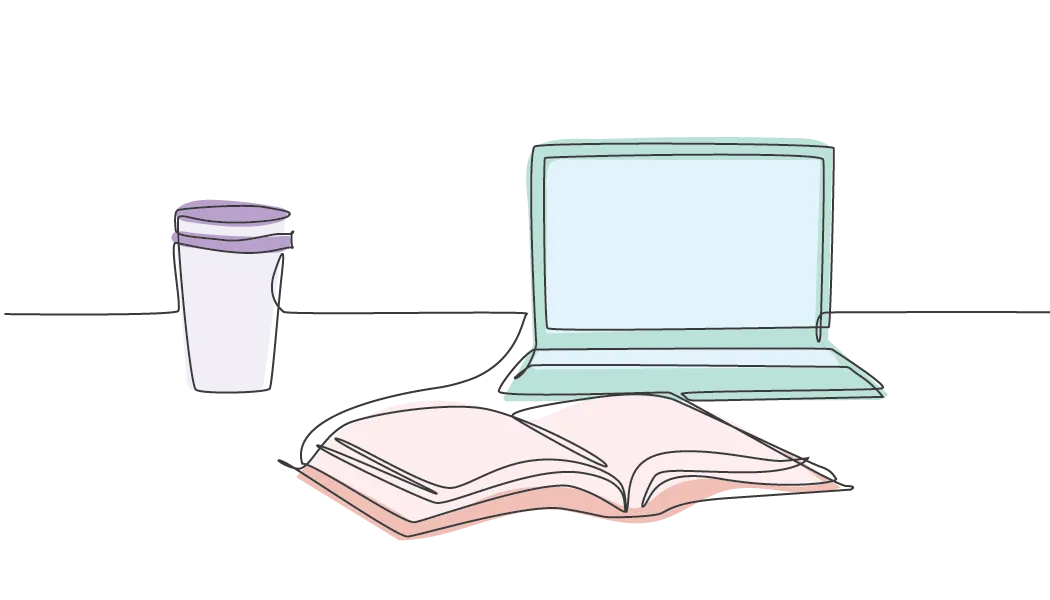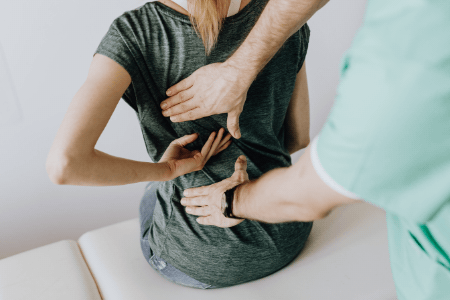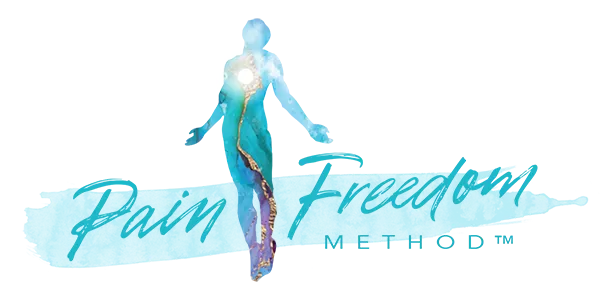
Blogs
Tension Retention
July 5th 2023
Did you know when you are in pain and locking down your muscles you are heightening your pain experience?
What does it mean to lock your muscles, you ask? Well, this is when a person intentionally limits their range of motion. This is a common pain response most people sink into, we subconsciously and sometimes consciously begin to 'baby' the parts of our bodies that hurt us in an attempt to reduce our pain experience or simply because we believe this will give us the space to heal. . .
However, I see clients on a regular basis who do just this and unfortunately, it worsens the original pain and can create additional problems.
Let's dive a little deeper into understanding the negative feedback loop of tension retention and the effects it has on overall pain recovery. . .
The process of locking down our muscles when we experience pain actually causes a profound restriction of blood flow, which leaves our muscles feeling thick, hard, restricted, tight and knotted as well as causing a chain reaction of slowed healing. The added restriction magnifies the original pain source and amplifies our already challenged mobility - decreasing our range of motion and leaving our already delicate tender muscles feeling tired, out of practice and constricted, which is not ideal when it comes to the difficult journey of releasing pain and achieving rehabilitation.

Unfortunately, by the time many of my clients come in to see me, they have already engaged in long-term muscle locking. This means that when we begin working on mobility it is more challenging to release than it would have been had they 'kept their muscles warm' with use. . . We all know it can be a struggle to embrace pain work in the first place, but after prolonged tension retention and the added complications, patients can become deterred from taking the steps to gain mobility back and on goes the vicious cycle.
There is one final side effect to consider when it comes to the not-so-great feedback loop of muscle pain and tension retention and that is the lesser known severing of the Mind-Muscle Connection. Allow me to explain this one in a little more detail. . . The Mind-Muscle Connection is when the brain sends a signal to a specific muscle to contract and release in an optimized fashion. An example of when this may occur would be. . . okay, imagine you have thrown out your shoulder and as you baby that shoulder and lock your muscles, your body begins to adapt and compensate to maintain body function. If you allow this compensation to occur, over long periods of time, your brain loses ”connection” with the original shoulder muscle as it becomes accustomed to communicating with secondary muscles to achieve a similar mobility. So now, when you begin to make the steps to rehabilitate your shoulder muscle, you have to make a conscious effort to create effective communicate with the correct muscle and reestablish the second nature movements you once had. Short and sweet - you have to remind your brain and shoulder that they can communicate directly and rerouting the movements is no longer required.
Whether I am seeing clients in person or coaching them online, I see the above scenario play out rather frequently. All too often, I witness muscles that are over-firing because they are in a state of constant contraction and have become dense/hard as they no longer know how to relax due to the constant state of contraction they have been experiencing. Clients who have entered this state have to work extra hard to release the tension and contraction and it takes time and patience to retrain the muscles to contract and release at the correct times. Circling back to the above example referencing Mind-Muscle Connection and the shoulder, other muscles groups take over to compensate as they try to replicate the movement that the patient is trying to achieve - in creeps chronic pain symptoms as some muscles are over contracted and other muscles strain to do another muscles assigned job.
So, if you are in pain, the best thing you can do for yourself is to embrace gentle movements and stretching to allow the mobility to improve and pain to release. Remember, there is a beautiful balance to keep in mind - listen to your body and only stretch to a point of tightness and never ever pain. If you are stretching to the point of pain, you could be stretching the nerve and nerves do not take kindly to stretching.
If you are someone who experiences neck pain, please have a look at my free video below. I have some gentle and effective tips to releasing muscular neck pain from home, helping you to create greater mobility and longevity! If you would like a more robust version of the video, you may wish to visit my Video Healing Library and check out the full version.
Happy healing!


Neck Pain
July 5th 2023
In this section describe the type of problem. Who faces it usually. What are the symptoms, and what kind of precautions you can take. And finally describe why is your clinic the best to treat this problem. Tell them about some proven track record that you might have.

Neck Pain
July 5th 2023
In this section describe the type of problem. Who faces it usually. What are the symptoms, and what kind of precautions you can take. And finally describe why is your clinic the best to treat this problem. Tell them about some proven track record that you might have.

Neck Pain
July 5th 2023
In this section describe the type of problem. Who faces it usually. What are the symptoms, and what kind of precautions you can take. And finally describe why is your clinic the best to treat this problem. Tell them about some proven track record that you might have.

Neck Pain
July 5th 2023
In this section describe the type of problem. Who faces it usually. What are the symptoms, and what kind of precautions you can take. And finally describe why is your clinic the best to treat this problem. Tell them about some proven track record that you might have.

Neck Pain
July 5th 2023
In this section describe the type of problem. Who faces it usually. What are the symptoms, and what kind of precautions you can take. And finally describe why is your clinic the best to treat this problem. Tell them about some proven track record that you might have.

Neck Pain
July 5th 2023
In this section describe the type of problem. Who faces it usually. What are the symptoms, and what kind of precautions you can take. And finally describe why is your clinic the best to treat this problem. Tell them about some proven track record that you might have.
